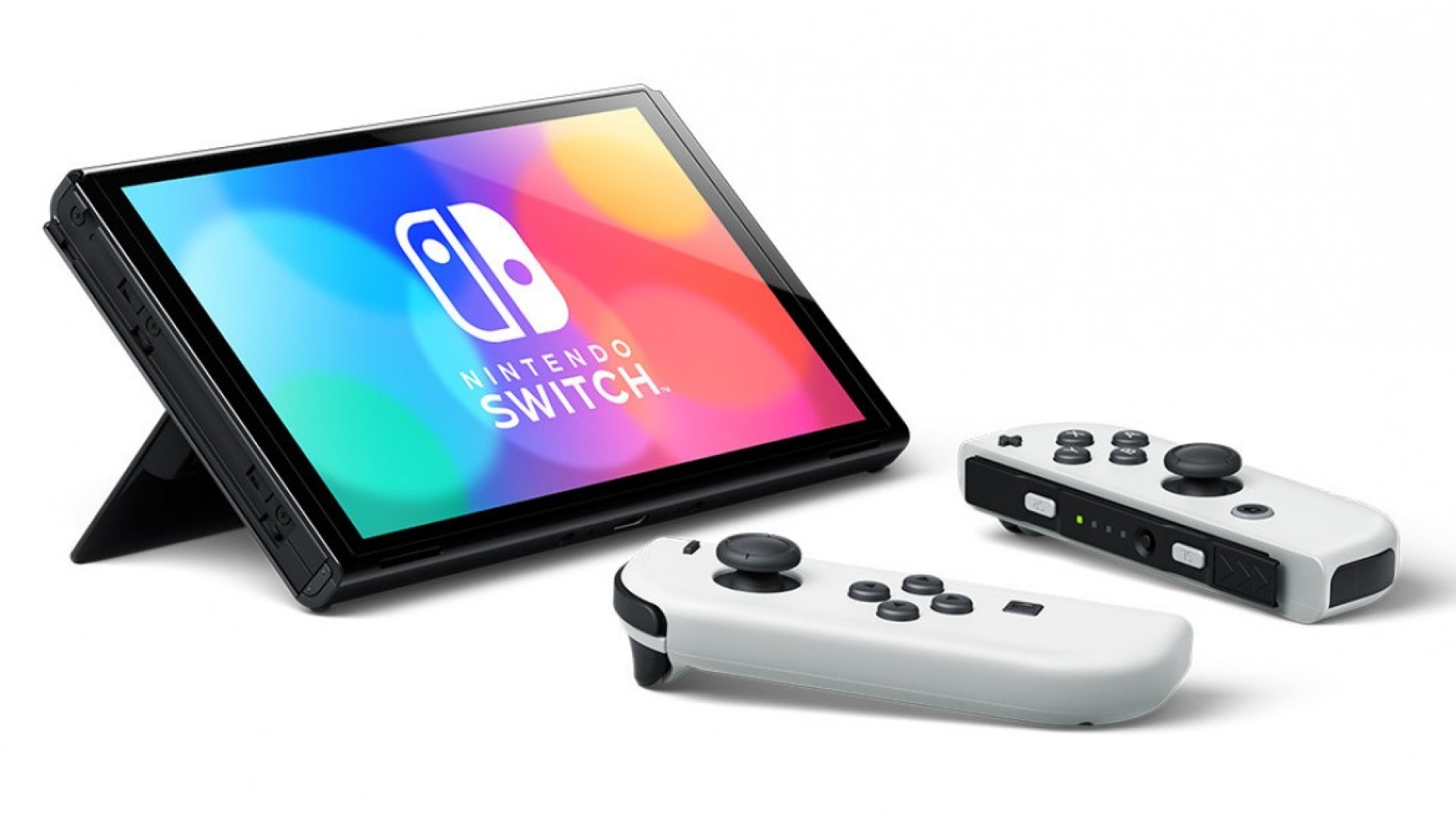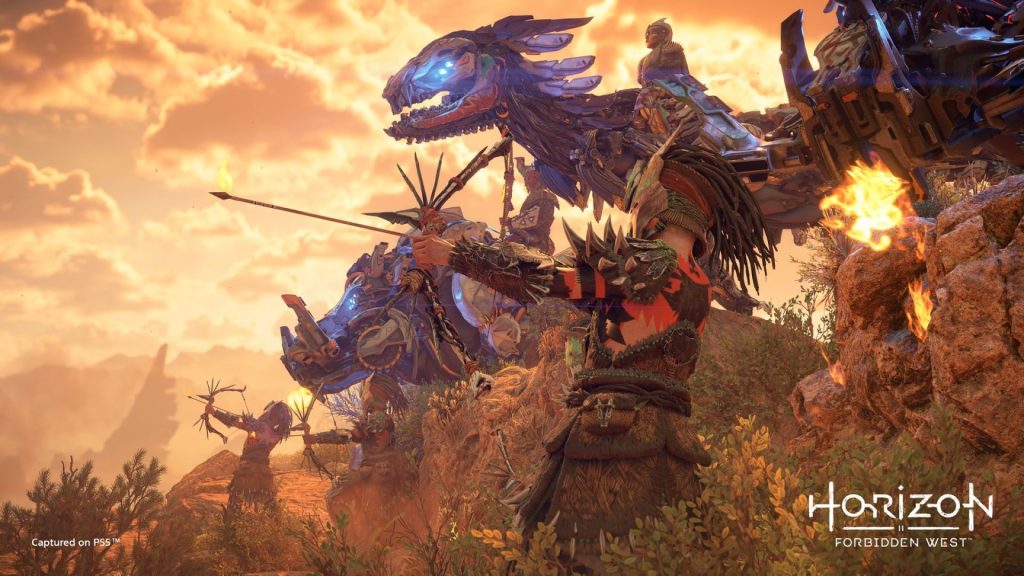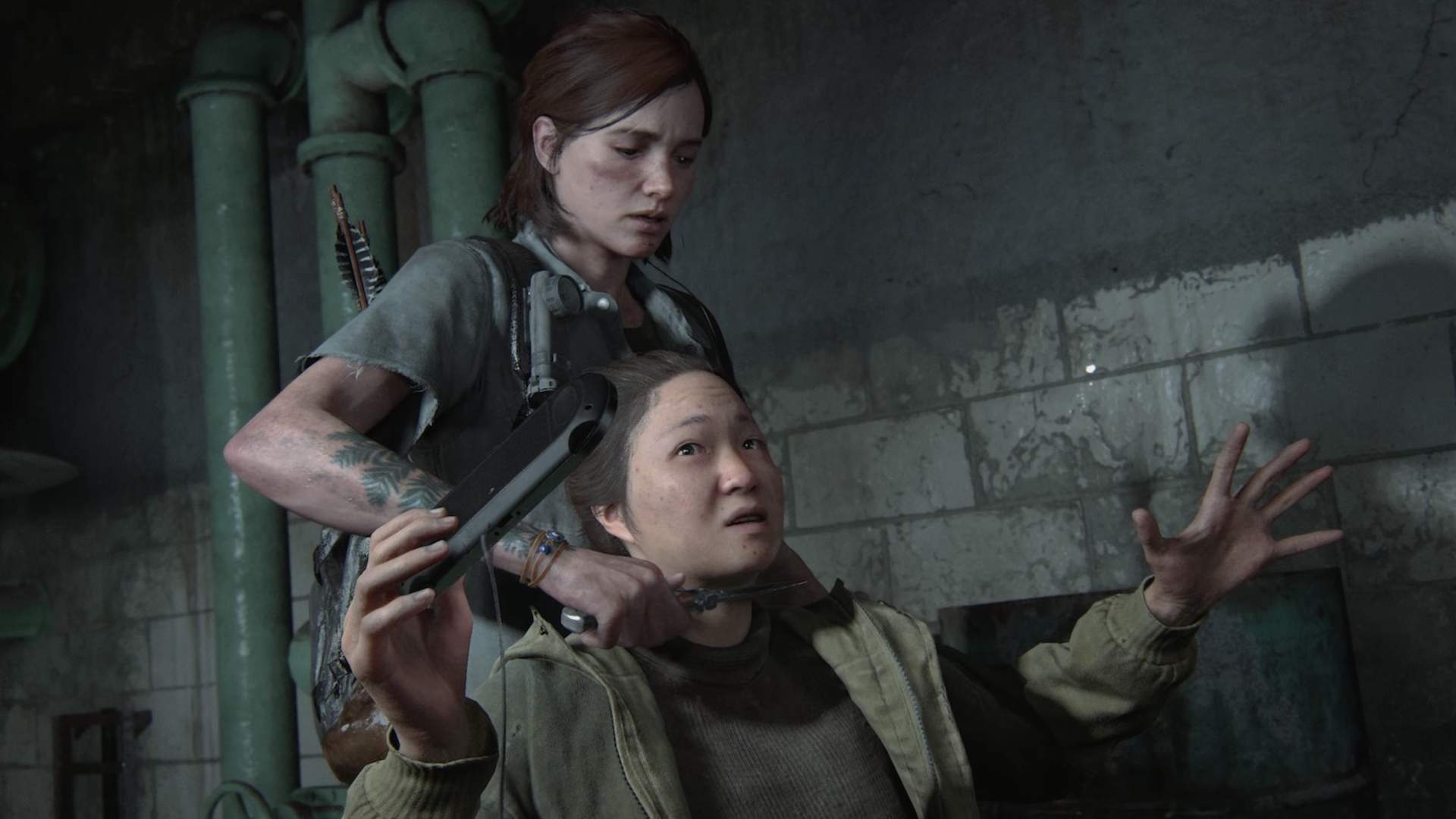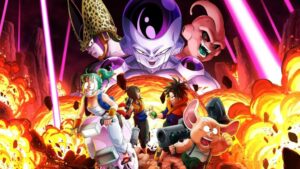Earlier this month, Xbox Game Studios dropped a bombshell on the video games world, and announced that they would be acquiring Activision Blizzard. While the beleaguered publisher is far more troubled now than they would have been a few years ago, owing to a dramatic contraction of output and game portfolio diversity and variety, as well as a year’s worth of controversies surrounding a horrifically toxic work culture that allegedly imbibed racism, sexism and misogyny, death threats, and driving a worker to suicide, it is still a big get for Microsoft – Activision is still the publisher of arguably the biggest third party games franchise there is in Call of Duty, and the legacy catalog of games and IP that Activision and Blizzard give Microsoft, as well as the spate of new, talented studios (who will hopefully get better working conditions under Microsoft and Xbox), and the strong foot in the door for the mobile market with King and Candy Crush, make this a monumental purchase for the company. Indeed, at nearly $70 billion, this is the single biggest acquisition Microsoft has ever made – not just for games or Xbox, across anything, ever.
We covered some of the broader implications of this move in an earlier piece, and if you are looking for a more holistic assessment of the situation, and what it may mean for the gaming industry, I encourage you to look at that. My interest with this acquisition, however, is in how starkly it reveals the precariousness of Sony and PlayStation’s position in the market at present – which sounds funny, given that they are currently more profitable than they have ever been, or that the PS5 has broken records for how successful it is this early on in its life cycle. But the fact of the matter is, Sony is suddenly in a precarious position in the market – and I think it is, ultimately, a consequence of the business moves and decisions they have been consciously making over the last decade, which slowly saw them singularly aligning themselves to fight for the western high end console market at the expense of everything else.
The long and short of it is, PlayStation is currently facing two extraordinarily strong competitors across the two major markets they could look to be pushing. In Japan, they are being crowded out by Nintendo. This is a culmination of a decade of maneuvers made by Nintendo and Sony alike, with the former choosing to build a device that appeals extraordinarily well to the Japanese market (along with appealing extraordinarily well to the rest of the world), and which has cultivated an extremely healthy market for Japanese games and publishers to find success on. Sony, meanwhile, has spent the last few years burning bridges with Japan in ways both big and small, from their treatment of Japanese third parties, to the games they make and market, to even how they build their consoles.
This is all well trodden territory now, so I won’t really get into it any further, but Sony made a conscious and deliberate decision to ignore Japan and Nintendo; presumably, they felt the Japanese market’s development community would always support PlayStation by default no matter what, and regardless of Nintendo’s success. This was, to be fair, a decision made on two decades of evidence, because it’s not like, for example, the Wii being successful sucked away support from PS3, or 3DS from PS Vita and PS4. Sony presumably may have expected that even if the Switch sells incredibly well in Japan, it will primarily be on the back of Nintendo’s own titles, and third parties will continue to thrive on PlayStation, which in turn would keep PlayStation going in Japan by sheer inertia. It was a decision they made to ignore Nintendo and Japan, choosing instead to focus on the western market and the fight against Xbox. Which, fair enough, that was a business decision made to focus and double down on the most profitable parts of the business.
What they could not have possibly foreseen, however, is that Nintendo would make a system that is a thriving market not just for their own games, but also for most Japanese third parties, to the extent that PlayStation is now irrelevant in Japan (less than 5% of the total marketshare belongs to them), and has totally lost support from small to mid tier Japanese third parties – the very same that were once the lifeblood of PlayStation. The end result of this has been that PS5 is selling worse than even the Wii U in Japan at the moment, and its software sales are so low that not a single game has managed to sell more than 100,000 copies so far (even though the PS5 itself has sold a million units). Essentially, Sony’s own decisions, and Nintendo’s savvy in exploiting them, have led to Sony losing the assured 10 million units of sale, and hundreds of games, that PlayStation could count on every generation from Japan.

As mentioned previously, though, both in this article, and in previous ones that have dealt with this one single decision, Sony’s choice to focus more on the west over Japan makes some business sense. While a company like Nintendo has shown that success in Japan does not have to come at the expense of success everywhere else (and vice versa), Sony presumably figured that their primary market was the western one, the one where software sales and digital revenues (from game sales, subscriptions, and microtransactions) were the highest, and where the primary contender they had to face off against would be Xbox.
And presumably they thought they’d be going up against an Xbox that would at best be as competitive as Microsoft in the Xbox 360 era, which they’d be more than capable of handling (and did successfully fend off in the past, in fact). They probably did not expect they would be going up against an Xbox that finally committed to the market, and decided to use the greatest resource at its disposal to fight back – Microsoft’s immense wealth. The $70 billion acquisition Microsoft made is a warning shot that Microsoft has no issues spending it money to muscle into the market; this is a company that has no issues buying out the biggest third party publisher in the world to buy their way into incumbency, and Sony flat out does not have the resources or ability to compete with something like that.
That right there is the issue. Theoretically and in a vacuum, one can argue that Sony can actually make viable and credible bids for third party publishers (such as Square Enix, or even EA). The problem is, Sony does not exist in a vacuum, and in the current market, any attempt by Sony to try and acquire a publisher can and presumably will be immediately outbid by Microsoft. Microsoft is fully capable of outspending Sony, and they have shown that they will have no qualms in doing so. The scale of finances the two companies are working with are massively different – consider that Sony earmarked $18 billion for acquisitions across the next two years for the entire company (so not just PlayStation, all of Sony); Microsoft spent nearly four times that on one single acquisition for the Xbox division. There have been cries from PlayStation fans around the world that Sony should retaliate to the Activision acquisition by buying out a publisher themselves (Square Enix being the name that is most commonly floated), but these takes are typically myopic and ill-informed, and do not consider that if Sony makes a bid, any bid, Microsoft will presumably outbid them and swoop in to take that publisher for themselves too. And these third party publishers will ultimately sell to the highest publisher – publicly held companies are, after all, legally obligated to generate the most wealth and returns for their shareholders. Sony cannot match Microsoft’s muscle in this regard.

So, Sony is facing a Microsoft in the room that can spend a good fraction of Sony’s total net worth in one single acquisition to take away some of the biggest games that sustain the PlayStation platform away from them. And that last bit is important – though Sony has managed to build up a good first party presence over the last decade, the bulk of their revenue, in fact the overwhelming majority of their profits, come from the sales, DLC, micro transactions, and such that popular third party games generate on their console – games such as Call of Duty. In fact, last year, Call of Duty took up multiple spots on the top PlayStation sellers lists, both at retail in markets such as the U.S., and on their own digital charts. The bulk of PlayStation’s 100 million units sold come from the less engaged players, those who buy one to play Call of Duty (or other games like FIFA or GTA); now, Call of Duty belongs to Xbox. And yes, Phil Spencer reiterated that he will continue to honour existing commitments to keep Call of Duty on PlayStation, but what happens after those existing commitments are done? Even if nothing changes, does Sony really want to be in a position where its standing in the market is dictated by the good graces of its competitor?
Sony’s decision to double down on high end AAA games centering around western third party support, and fighting for exclusivity of any kind among popular multiplats (timed exclusivity, console exclusivity, DLC exclusivity, or even just marketing rights) made sense when it was facing a Microsoft that was, at best, putting in as much money into the fight as Sony itself was; how, though, does one fight a competitor that can spend as much money as your entire company is worth without even blinking an eye?
So now Sony is stuck between a rock and a hard place, and it’s hard to know what they can do. Microsoft is flat out beyond their ability or finances to counter, and while Sony is more than equipped to be able to fight off Nintendo and hold their own, unfortunately they ignored Japan and Nintendo for so long that the situation has become unbeatable and untenable for them. What can their next steps even be? They can try to magically generate a few trillion dollars, so the company has the resources to match Microsoft; or they can presumably try to differentiate their offerings (software and hardware alike) and try to reorient themselves to sell their platform on the back of the appeal of their own games – a first party driven direction, much like Nintendo’s.
Sony could theoretically follow the Nintendo route – they have certainly built up a great reputation with their first party games, and they should be able to sell systems on the basis of their own games. And it has certainly worked out well for Nintendo – they are more successful now than they have ever been, selling more hardware and software than ever, they are insulated from the turbulence in the rest of the industry (the day the Activision acquisition was announced, Sony’s stock price obviously went down; Nintendo’s not only didn’t go down, it actually rose), and their success has even saw them getting more third party support than they have managed to get in almost three decades now. So it’s not the worst position for Sony to try and emulate, carving out a niche of the market to themselves. The issue is, Sony is very different from Nintendo, and the core of their appeal actually more or less prohibits a Nintendo like direction from them.
See, Nintendo keeps development costs low, develops across a range of genres and game styles, can put games out pretty rapidly, and has broadly appealing games across multiple demographics. Nintendo primarily sells its systems on the back of its own games. None of this is true for Sony. Sony is… narrowly focused on one genre, on one demographic, with freakishly high development costs and long development times, and selling systems primarily as the best place to play all games – not just their own. Nintendo has created a culture where their games command premium pricing, and then maintain that for, well, pretty much forever. Sony’s first party games sell a lot, but the bulk of those sales are assisted by aggressive bundling, price cuts, and discounts. The nearly 20 million God of War sold is extremely impressive, and nothing can take that success away, but the reason Nintendo can exist and thrive as a first party driven platform is not because they sell 25 million copies of Super Mario Odyssey, it’s because they sold 25 million copies of Super Mario Odyssey at full price. While having lower development costs. And quicker development turnarounds than modern AAA games that can take 5-6 years for a single game to be put out.
The reason Nintendo can be a first party driven platform, in other words, is because they can put out literally a dozen games every year; each game is far cheaper to make than a Sony game, far quicker to make, and spans a wide range of genres and game types. Like, look at Nintendo’s biggest sellers – Pokemon, Zelda, Animal Crossing, are all nothing alike and cover totally different genres and parts of the market. Conversely, Sony’s first party titles, the ones that sell, the ones that sell their system, are all cut from a similar cloth, and as a result, all appeal to the same slice of the market. While taking a lot more time to develop. And being far more expensive to make. And usually not holding their price well, and needing discounts and cuts to sell in high volumes.

In other words, Sony’s games are too expensive to make to sustain their current profit levels. We know this, because former Sony execs such as Shawn Layden have explicitly said that the reason Sony brings games to PC, or keeps supporting cross-gen, is because they simply don’t generate enough profits otherwise. Sony’s current first party strategy, which is making expensive, high end games that appeal to a singular slice of the market, worked so far because third party games and revenues gave them a buffer. In other words, Sony didn’t have to worry about making, for example, a sports game because EA would do that for them, or a multiplayer shooter because Activision would do that for them, or a fighting game because someone else would do that for them. They could just focus on making the one style of game that has come to be associated with them as the cornerstone of their premium tentpole game strategy.
Those third party games also subsidized the expensive development of those single player games too. If PlayStation is making billions from the micro transactions that Call of Duty generates, for example, then it’s less important for, say, The Last of Us Part 2 to be profitable in and of itself; it can be commissioned anyway, and used to create a compelling, differentiating exclusive for their system to induce adoption by users, without the pressure of it having to sell the tens of millions of units at full price it would otherwise have to sell to be profitable enough for the project to have been worth it. But if more and more, those third parties are getting snatched up by Microsoft, then they can’t bring revenues to PlayStation – meaning Sony can’t rely on that money to subsidize its first party either.
This isn’t true of Nintendo – the company makes games in literally every single niche and genre that exists, and relies primarily on the revenues those games bring in for its profits. Meaning, if Fortnite or Minecraft come to Switch and do great there, that’s wonderful for Nintendo, because they get more money, but if they don’t, it doesn’t matter to Nintendo, because they are making an obscene amount of money by selling 40 million copies of Mario Kart 8 Deluxe, pretty much all at full price, anyway.
For Sony to be able to match Nintendo’s first party driven strategy, they would have to heavily diversify and stop the endless graphics and tech arms race they have been pushing for almost 30 years now (which, as I noted in an earlier article, may actually be harming the games we love in a lot of ways). And that seems difficult for Sony to do when the core appeal of their games has been the high end graphics and top notch presentation and tech for so long; imagine if Sony started putting out games that looked no better than, say, the average PS4 game, as their PS5 flagship games. The fanbase they have cultivated, which is buying those first party games in the tens of millions of units, would not stand for that.
So what’s the response? What should Sony do? Honestly, it’s hard for me to tell. I do think doubling down on first party and diversifying is a good idea, and to Sony’s credit, they are making a lot of moves to do just that. They are working on a whole lot of multiplayer games in collaboration with new studios, and creating more types of games thanks to their acquisitions (such as Housemarque or Insomniac). I think if they can keep that going, they may be able to carve out a profitable niche for themselves as a first party driven platform that works for them anyway – after all, no one said that the only way to do that is to literally be Nintendo in every way possible, they can just as easily find their own take on the strategy that works well with the brand they have cultivated.
Whether or not they do that, and whether or not it works, remains to be seen. But I do think that this Activision acquisition has shown the precarious situation Sony is in in the market, and the importance of acting to address that as soon as possible – and the way to address that is not by acquiring some other big publisher.
Note: The views expressed in this article are those of the author and do not necessarily represent the views of, and should not be attributed to, GamingBolt as an organization.
- 000
- 100
- 2022
- acquisition
- acquisitions
- across
- activision
- Adoption
- All
- allegedly
- among
- announced
- Announcement
- appeal
- appeals
- around
- article
- average
- BEST
- Biggest
- Billion
- Bit
- brand
- build
- business
- buy
- Buying
- Charts
- CNBC
- collaboration
- community
- Companies
- company
- compelling
- Competitive
- Competitor
- competitors
- Console
- continue
- Costs
- Creating
- credit
- Culture
- Current
- day
- decades
- demographic
- Demographics
- develop
- Development
- DID
- different
- digital
- Diversify
- diversifying
- Diversity
- dollars
- doubling
- down
- dozen
- driven
- driving
- dropped
- Early
- Exclusive
- expensive
- eye
- Face
- facing
- fair
- Finally
- Finances
- First
- Focus
- focused
- follow
- Franchise
- full
- funny
- game
- Games
- Gaming
- Gaming Industry
- good
- graphics
- great
- Handling
- Hardware
- having
- High
- hold
- How
- HTML
- HTTPS
- Hundreds
- i
- idea
- important
- industry
- interest
- IP
- issues
- IT
- Japan
- Japanese
- King
- Led
- levels
- Lists
- Long
- looked
- love
- major
- Majority
- Making
- Market
- Marketing
- Markets
- Match
- May
- Microsoft
- million
- Millions
- Mobile
- Modern
- money
- more
- move
- multiplayer
- net
- Niche
- Nintendo
- Nintendo Switch
- Offerings
- Oled
- Other
- PC
- platform
- play
- player
- players
- playstation
- Popular
- portfolio
- Premium
- present
- pressure
- price
- pricing
- Profit
- Profitable
- project
- ps4
- ps5
- publishers
- purchase
- Race
- racism
- range
- records
- resource
- Resources
- response
- REST
- retail
- returns
- revenue
- Route
- s
- Said
- sale
- sales
- savvy
- Scale
- sell
- Sellers
- sense
- Short
- small
- So
- Software
- sold
- Sony
- spend
- Spending
- Sports
- square
- Square Enix
- started
- stock
- Strategy
- style
- success
- successful
- Suicide
- support
- Switch
- system
- Systems
- tech
- The
- the world
- theoretically
- third parties
- threats
- time
- top
- Transactions
- treatment
- u.s.
- us
- users
- Vacuum
- vice versa
- Video
- video games
- Wealth
- West
- What
- WHO
- words
- Work
- working
- working conditions
- works
- world
- worth
- xbox
- year
- years
- youtube











